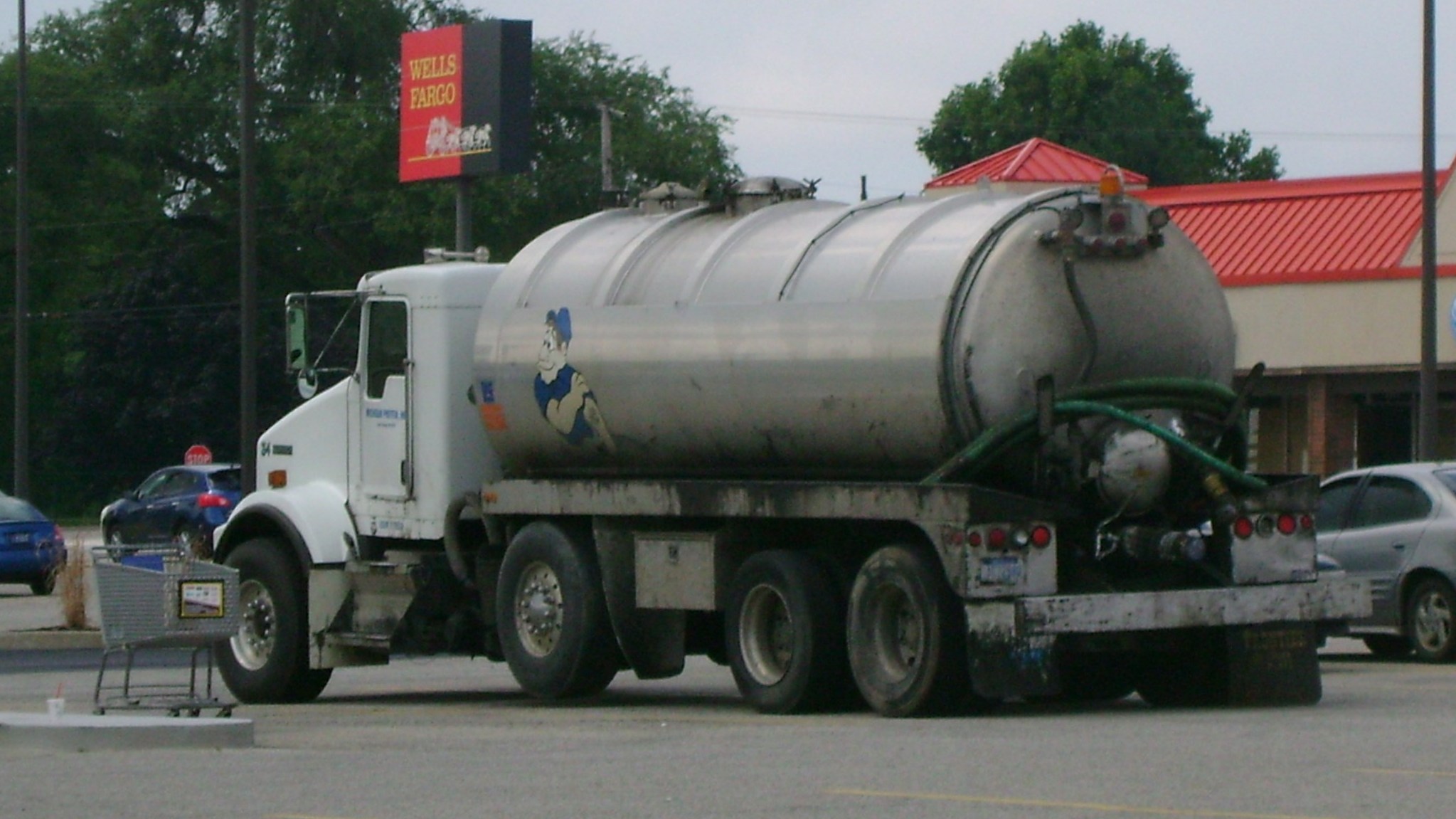When operating any type of heavy duty equipment, safety should always be a top priority, especially when the equipment being used is a massive extracting machine such as a vacuum truck.
These vehicles are particularly useful since they are a very powerful machine that can remove just about any kind of debris. It must be noted that, while the ability to create a very powerful suction makes the job of an operator much faster, it also makes the job much more dangerous. One small error in the placement of the extraction hose can lead to serious work-related injuries.

JJ 130 bbl Vacuum Trucks
Potential Injuries
In order to have a picture of how this equipment can become potentially lethal when misused, listed below are some real life stories of workers who encountered near-death experiences when operating this powerful vehicle:
- Vacuumed Limb: A vacuum truck operator had already begun extracting debris when the hose encountered a blockage. The worker manually removed the blockage with his arm; however, he did not turn the equipment off while removing the obstruction. When the debris that was stuck dislodged, the pressure that had built up in the hose removed the worker’s limb by the greater vacuum power before the worker could remove it.
- Toxic Fume Mishap: Three vacuum truck workers were removing wastewater from a well. The workers did not know that the storage tank of the truck contained sludge that did not mix well with water. As the workers extracted the wastewater, it combined with the sludge inside the tank and caused a chemical reaction, which generated toxic fumes. One of the crew members became disoriented while another completely passed out from the toxic gas.
Thankfully one was able to seek medical assistance before something more serious happened.
These accidents were not caused by poor design. In fact, vacuum trucks are equipped with numerous safety features designed to protect the workers; however, accidents still occur due to the lack of knowledge on the part of operators regarding work-site safety hazards as well as a lack of proper implementation of safety features.
Enjoying our insights?
Subscribe to our newsletter to keep up with the latest industry trends and developments.
Stay InformedImportant Safety Guidelines
- Use Only Certified Vacuum Truck Operators: Due to the variety of liquids that vacuum trucks handle, every operator should know the proper way of handling various types of liquids in the safest manner possible. Only proper training and certification can provide these workers with the knowledge they need to operate the equipment safely and under all conditions.
- Use Personal Protective Equipment: During training, some of the important knowledge that operators learn about is the proper way to use personal protective equipment such as personal alarms and air-supplied respirators. Workers must also learn the hazards involved in handling toxic fluids and the possibility of a gas explosion. Equally important, they need to learn how to respond if such an emergency should arise.
- Conduct a Pre-Operation Inspection: Before taking the vehicle on the road, it is important for operators to conduct a thorough inspection of the vehicle to ensure that all of its components are in good operating condition. They should inspect every part of the equipment from top to bottom.
- Carefully Check Vacuum Components– The vacuuming components of the vehicle should also be checked daily. Operators should be sure that: all removable components are in place; all water tanks are full; and no crack or puncture is present in the hose. The storage tank, filter bag house, and cyclone separators should be free from any substance that might react to the fluid to be extracted.
- Conduct Site-Specific Orientation: Before starting the job, all employees should first be provided with specific information about the job site including the material to be handled. Workers should be informed about the risks involved and how the material should be handled in the safest manner. Employees should also be briefed on what to do in case an emergency arises.
- Maintain a Log of Transported Fluids: Operators should always fill out a log for each vehicle regarding all fluids that were transported and it should always be readily available. Maintaining a log should help to prevent any chemical reactions from occurring by creating awareness of any previously transported fluids.
Operating a vacuum truck can be potentially dangerous, especially when handling various types of fluid on a regular basis. There is always a possibility of being exposed to toxic chemicals. These dangers can be avoided if workers have been properly trained on all safety guidelines when operating a vacuum truck and are aware of work-site safety hazards and how to avoid them.
(This article was originally published in Ezine.)




















